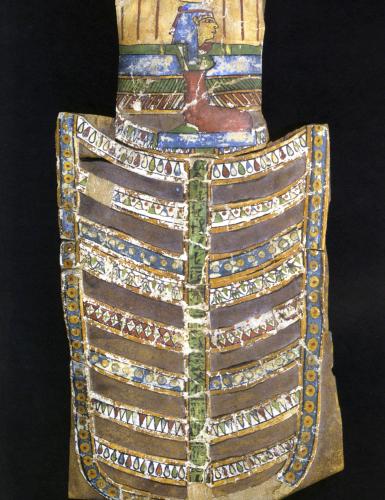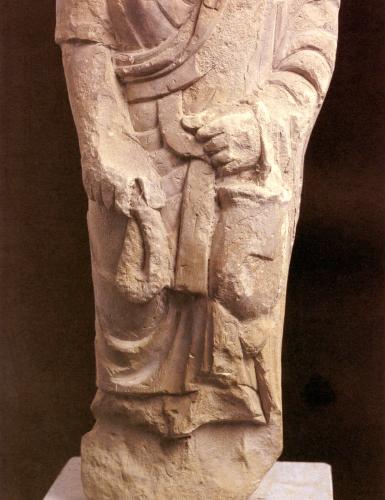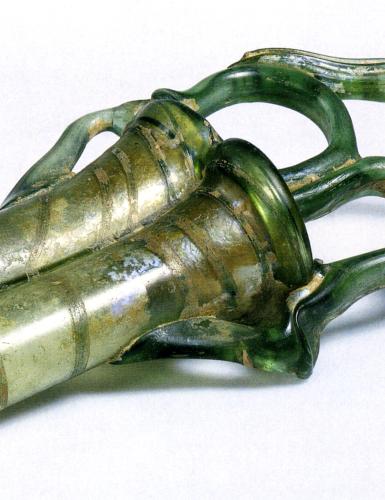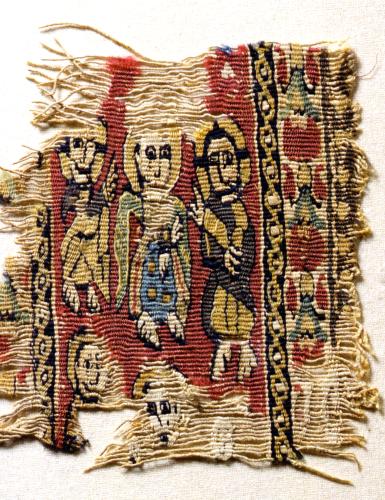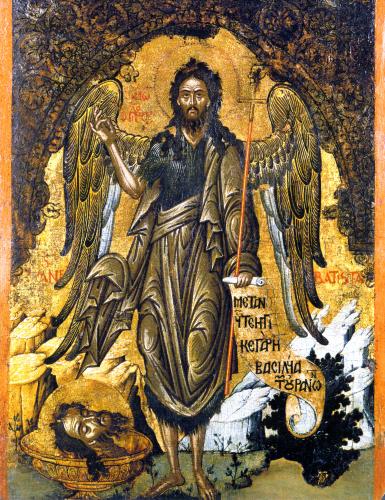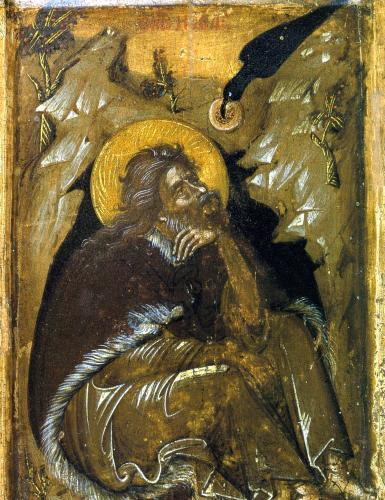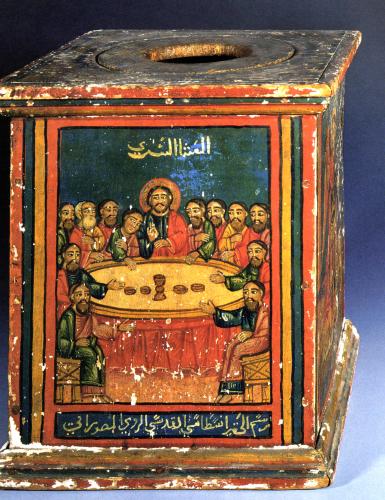Prince Johann Georg (1869-1938), the brother of the last Saxon king, collected and acquired numerous works of art, devotional objects and souvenirs on his travels to neighboring European countries, to Greece, Russia, the Middle East and the Near East, and to Egypt especially between the years 1905 and 1930.
Numerous Aegyptiaca form an essential part of the collection, including various pharaonic and Ptolemaic stone monuments, ushabti figures, terracotta pieces and glasses. The mummy boxes and mummy portraits are particularly noteworthy. Coptic sculptures made of wood and stone, incense burners, menas ampullae, bread stamps, lamps, crosses, silver and bronze cult objects of orthodox churches as well as Coptic textiles belong to the late antique, Byzantine and early Islamic period.
But his love always belonged to the icons he had collected in Russia, Greece, Constantinople, Crete, Palestine, Egypt and Italy. The collection includes around 150 icons made between the 15th and 19th centuries.
In addition to these two focal points, the Prince Johann Georg collection also contains terracotta pieces, black- and red-figure painted vases from Greece, funerary reliefs from Palmyra, various medieval stone monuments and artisan objects with a Christian theme from the 17th to 19th centuries. Originally there were also countless watercolors and hand drawings, mostly from the 19th century, in the collection, but these were sold shortly after the prince’s death.

